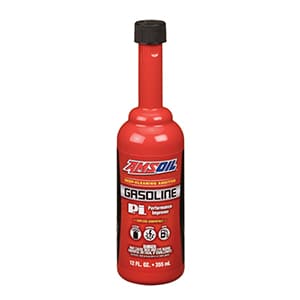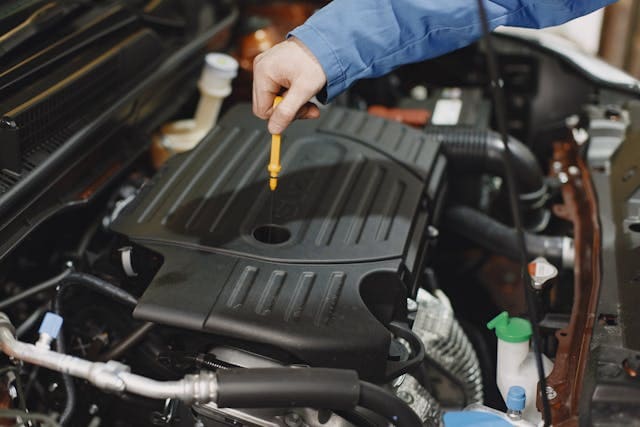The 3,000-Mile Oil Change: A Tradition Overdue for an Update
In the past, you’ve likely heard the steadfast rule: change your vehicle’s oil every 3,000 miles. But with advancements in automotive technology, especially in motor oils, is this guideline still relevant today? Let’s uncover the truth behind the myth and guide you towards a more informed approach to car maintenance.

Origin of the 3,000-Mile Rule
The 3,000-mile oil change rule was heavily marketed by fast-lube chains since the 1970s. Promoted as a safe bet to protect your engine, this practice is also a remnant of the era dominated by conventional oils, which necessitated frequent changes to maintain engine health.
Emotional Ties and Traditional Advice

Your loyalty to the 3,000-mile change isn’t just about car care—it’s often a tradition passed down from family members who preached diligent vehicle maintenance. Mechanics reinforced this rule, further entrenching the practice. However, with modern technological advancements, it’s crucial to ask: does this tradition still stand up to scrutiny?

The Role of Synthetic Motor Oils
The development of synthetic motor oils has dramatically shifted the landscape. These oils offer superior wear protection, better temperature resistance, and longer-lasting performance compared to their conventional counterparts. High-quality synthetic oils, such as AMSOIL Signature Series Synthetic Motor Oil, can protect your engine for up to 25,000 miles or one year, far exceeding the old 3,000-mile rule.

What This Means for Your Vehicle Maintenance
It’s essential to consult your vehicle’s owner manual for the manufacturer’s recommended oil change interval, which often surpasses the outdated 3,000-mile guideline, thanks to modern oils and engine improvements. Following these updated recommendations can save you time and money, reducing unnecessary oil changes without compromising your vehicle’s performance.
Conclusion

While the 3,000-mile oil change myth was once a cornerstone of good vehicle maintenance, it’s time to adjust your practices to align with current advancements in automotive technology. Trust in modern science and engineering to guide your maintenance routine, ensuring your vehicle runs smoothly for years to come, without the unnecessary stops at the service station.
Embrace the change with confidence—your car (and your wallet) will thank you.

